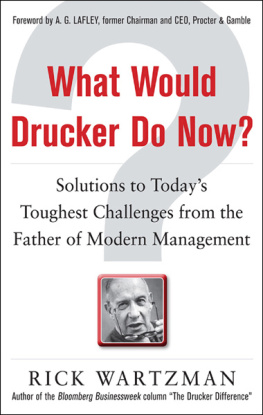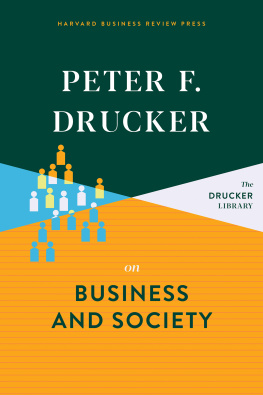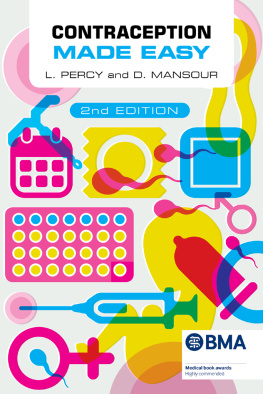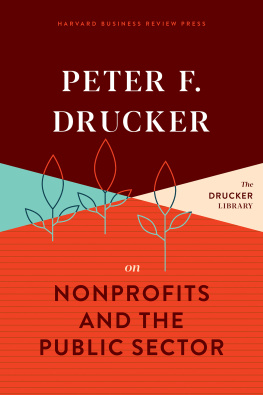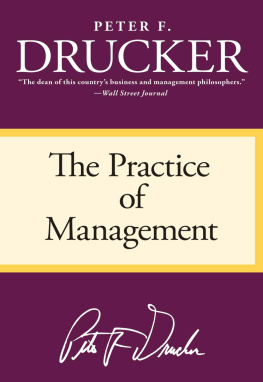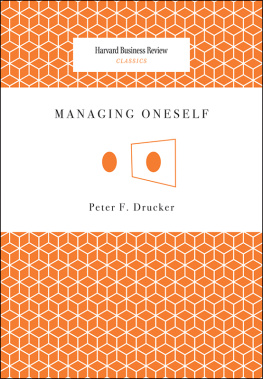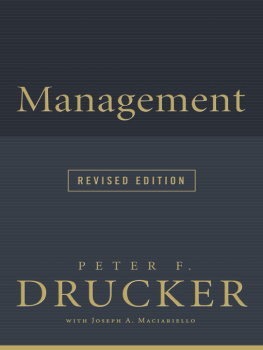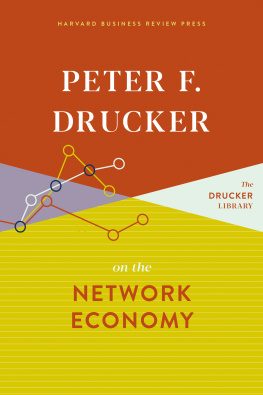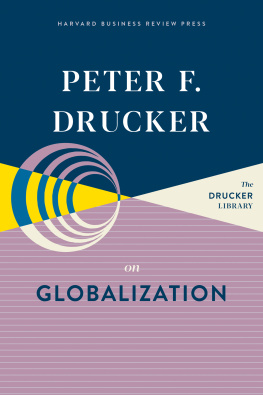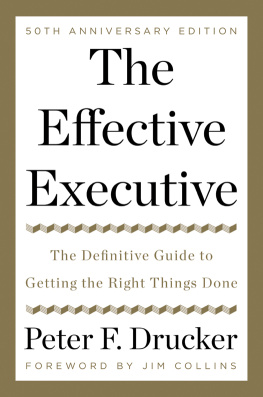Donna J. Drucker - Contraception: A Concise History
Here you can read online Donna J. Drucker - Contraception: A Concise History full text of the book (entire story) in english for free. Download pdf and epub, get meaning, cover and reviews about this ebook. year: 2020, publisher: MIT Press, genre: Politics. Description of the work, (preface) as well as reviews are available. Best literature library LitArk.com created for fans of good reading and offers a wide selection of genres:
Romance novel
Science fiction
Adventure
Detective
Science
History
Home and family
Prose
Art
Politics
Computer
Non-fiction
Religion
Business
Children
Humor
Choose a favorite category and find really read worthwhile books. Enjoy immersion in the world of imagination, feel the emotions of the characters or learn something new for yourself, make an fascinating discovery.

- Book:Contraception: A Concise History
- Author:
- Publisher:MIT Press
- Genre:
- Year:2020
- Rating:3 / 5
- Favourites:Add to favourites
- Your mark:
- 60
- 1
- 2
- 3
- 4
- 5
Contraception: A Concise History: summary, description and annotation
We offer to read an annotation, description, summary or preface (depends on what the author of the book "Contraception: A Concise History" wrote himself). If you haven't found the necessary information about the book — write in the comments, we will try to find it.
Contraception: A Concise History — read online for free the complete book (whole text) full work
Below is the text of the book, divided by pages. System saving the place of the last page read, allows you to conveniently read the book "Contraception: A Concise History" online for free, without having to search again every time where you left off. Put a bookmark, and you can go to the page where you finished reading at any time.
Font size:
Interval:
Bookmark:
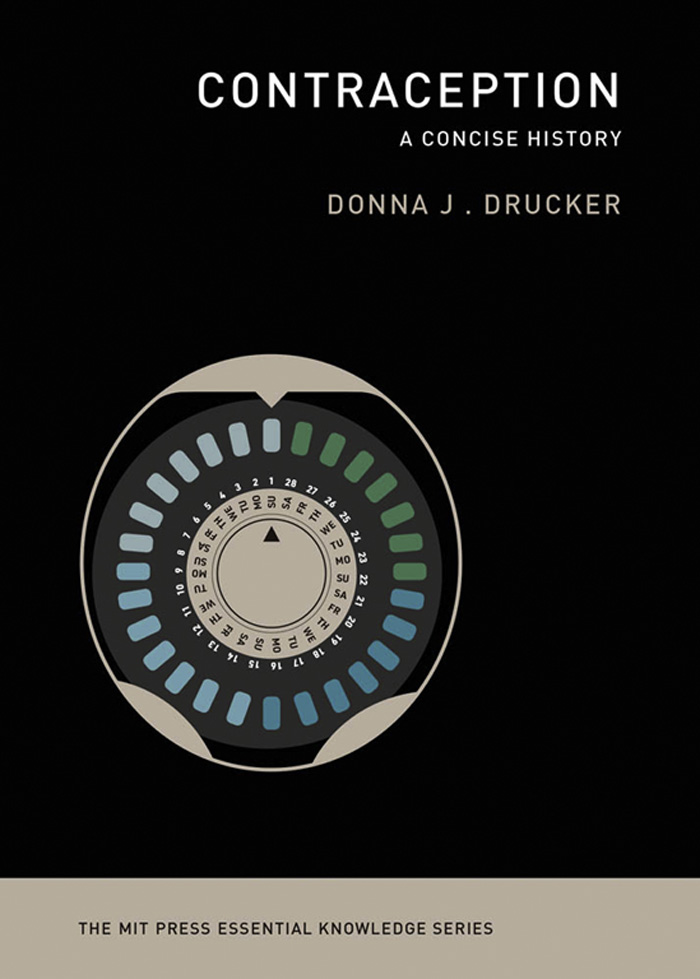
The MIT Press Essential Knowledge Series
A complete list of the titles in this series appears at the back of this book.
Donna J. Drucker
The MIT Press | Cambridge, Massachusetts | London, England
2020 Massachusetts Institute of Technology
All rights reserved. No part of this book may be reproduced in any form by any electronic or mechanical means (including photocopying, recording, or information storage and retrieval) without permission in writing from the publisher.
This book was set in Chaparral Pro by Toppan Best-set Premedia Limited.
Library of Congress Cataloging-in-Publication Data
Names: Drucker, Donna J., author.
Title: Contraception : a concise history / Donna J. Drucker.
Other titles: MIT Press essential knowledge series.
Description: Cambridge : The MIT Press, [2020] | Series: The MIT Press
essential knowledge series | Includes bibliographical references and index.
Identifiers: LCCN 2019024256| ISBN 9780262538428 (paperback) | ISBN
9780262357579 (ebook)
Subjects: | MESH: Contraceptionhistory
Classification: LCC RG136.2 | NLM WP 11.1 | DDC 618.1/8dc23 LC record available at https://lccn.loc.gov/2019024256
10 9 8 7 6 5 4 3 2 1
d_r0
The MIT Press Essential Knowledge series offers accessible, concise, beautifully produced pocket-size books on topics of current interest. Written by leading thinkers, the books in this series deliver expert overviews of subjects that range from the cultural and the historical to the scientific and the technical.
In todays era of instant information gratification, we have ready access to opinions, rationalizations, and superficial descriptions. Much harder to come by is the foundational knowledge that informs a principled understanding of the world. Essential Knowledge books fill that need. Synthesizing specialized subject matter for nonspecialists and engaging critical topics through fundamentals, each of these compact volumes offers readers a point of access to complex ideas.
Bruce Tidor
Professor of Biological Engineering and Computer Science
Massachusetts Institute of Technology
This book concerns mechanical, chemical, pharmaceutical, and behavioral methods intended to prevent conceptionthe period before a fertilized egg is implanted in the uterus, or approximately one to two weeks following a sexual encounter involving ejaculation. The line between contraception and regulation for amenorrhea (absence of a monthly period) has not always been clear, especially before medical science confirmed the timing of ovulation in the female reproductive cycle in the 1920s. The termination of a pregnancy before the movement of the fetus, known in the past as quickening, was often considered an aspect of menstrual regulation instead of an abortion. Thus, some of the herbal methods described in chapter 2 may have served as menstrual regulators or early abortive medications instead of contraceptives.
Though abortion following an established pregnancy is a key element of reproductive health and justice, and part of a continuum of processes for ending pregnancies, as a post-implantation technological process, this book does not cover it. Given its vast medical, historical, and legal complexities, it deserves a book of its own.
This book, like others in the field of reproductive history, must balance the relevance of women and men as categories of personhood with specific historical meaning and the necessary inclusion of transgender and non-binary individuals, whose ability to become pregnant or to impregnate someone else may not correlate to their gender identity. I use gendered terms when needed to discuss particular experiences of self-identified women and men in the past and use neutral terms as much as possible.
The term contraception as opposed to birth control, which could refer to any technology or technological process used between conception and live birth, is used throughout. The term birth control is used only if individuals or organizations themselves used it in historical context.
Finally, this book is not a guide to choosing a contraceptive device or practice in the present. Please consult a health-care practitioner for advice.
Though this book has one name on the front cover, many people helped bring it into being.
Katie Helke, acquisitions editor at the MIT Press, first suggested that I write for this series at the 2017 Society for the History of Technology conference in Philadelphia, Pennsylvania. I am grateful for her encouragement.
I thank Heather Munro Prescott and the two anonymous readers of an earlier version for their helpful suggestions. Thanks also to the Lemelson Center for the Study of Invention and Innovation at the Smithsonian National Museum of American History for a 2017 Travel-to-Collections Award, which led to finding the Parke, Davis catalogs and many of this books illustrations. Jim Roan, the museums reference librarian, and Diane Wendt, deputy chair and associate curator of the museums Division of Medicine and Science, were generous with their time and advice. I am likewise grateful to the New England Research Fellowship Consortium for a travel grant that supported the discovery of additional sources at Smith College, the Center for the History of Medicine at the Francis A. Countway Library of Medicine, and the Arthur and Elizabeth Schlesinger Library on the History of Women in America.
This book benefitted from conversations with Laura Kelly, Jesse Olszynko-Gryn, and the audience at the Reproductive and Sexual Health Activism, c. 1960Present Workshop in Glasgow, Scotland, in July 2018. I also thank Jessica Borge, Micheline Egan, Prince Guma, Alana Harris, Rebecca Hodes, Claire L. Jones, Miriam Klemm, Kate Law, Carolyn Herbst Lewis, Liz McMahon, Alejandra Osorio, Lucia Pozzi, Caroline Rusterholz, and Laura Ann Twagira for sharing their work, source ideas, and thoughts with me. The thoughtful hospitality of Paul Maddern at the River Mill Writers Retreat in Northern Ireland sustained me in a period of intense composition.
My friends and family members Tobias Boll, Michele Campbell, Kate Costello, Michelle Cunningham-Wandel, Stefan Glatzl, Kyla Jemison, Corinna Norrick-Rhl, Clark A. Pomerleau, Charles Peters, Lora Stephan, and Katie Watson, along with my supervisor, Christoph Merkelbach, supported me throughout the research and writing of this book. I could not ask for a more loving set of parents and relatives than Donald S. and Diane K. Drucker, Alan and Adrienne Drucker, and Charles and Betty Watson.
This book is dedicated to the memory of Mark A. Price, my best bud.
Learning such history sheds light on the scientists, manufacturers, government officials, distributors, salespersons, and activists who paved the way for the variety of contraceptive technologies used today. Additionally, this book provides readers historical context for their own reproductive lives, contraceptive use, and decision-making processes.
More broadly, this book also frames the history of contraception in a wider context of population control, eugenics (including involuntary sterilization), racist and classist restrictions on birth control access, and the extent to which people do or do not accept technological methods into their sexual and reproductive lives. Various technological methods can be embraced or rejected for a variety of reasons, including mental health (loss of libido or desire), physical health (increased bleeding or spotting), and allergies (such as to latex). Additionally, those with strict religious or moral beliefs, such as those who adhere to Roman Catholicisms prohibition of technological contraceptives and those who avoid hormonal or technological modifications to the body, both favor timing methods, which can also include withdrawal. Some of these individuals, however, may accept the use of external technologies, such as a thermometer or fertility computer, in order to avoid more invasive or morally objectionable internal technologies. Others may use technologies such as sex toys or dolls, with or without the presence of a partner, in order to avoid sperm-egg contact completely. Studying the reasoning behind the use or nonuse of contraceptive methods thus illuminates broader themes in the history of human-technological interaction.
Next pageFont size:
Interval:
Bookmark:
Similar books «Contraception: A Concise History»
Look at similar books to Contraception: A Concise History. We have selected literature similar in name and meaning in the hope of providing readers with more options to find new, interesting, not yet read works.
Discussion, reviews of the book Contraception: A Concise History and just readers' own opinions. Leave your comments, write what you think about the work, its meaning or the main characters. Specify what exactly you liked and what you didn't like, and why you think so.

